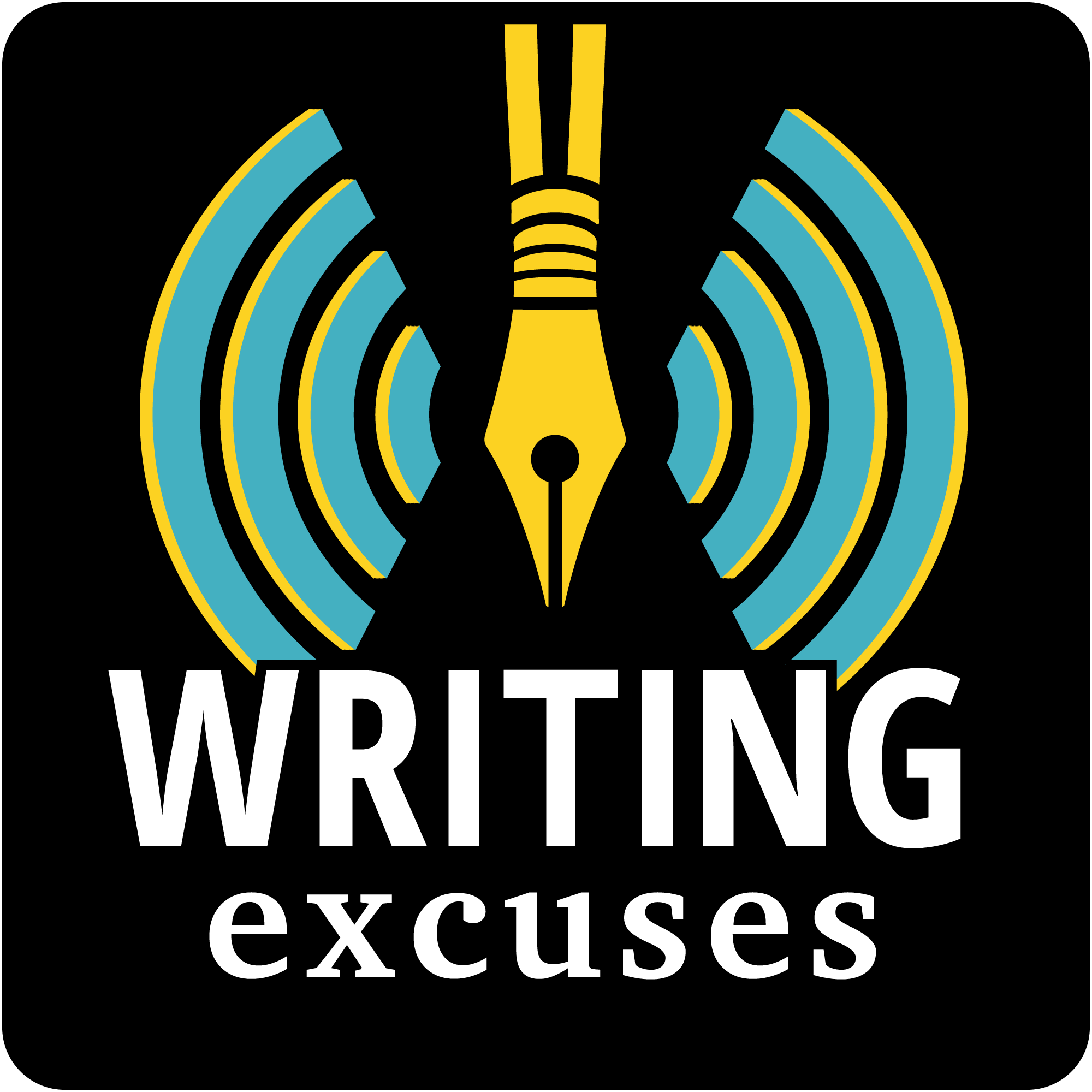Your Hosts: Dan Wells, Zoraida Cordova, Kaela Rivera, and Howard Tayler In this, our final “ensemble masterclass” episode, we discuss the nuts-and-bolts, the tips and tricks, the tools of the trade. In short, we talk very specifically about how we do it. Color-coded sticky notes, index cards, spreadsheets, and more… Liner Notes: Howard’s…
Fifteen minutes long, because you're in a hurry, and we're not that smart.

